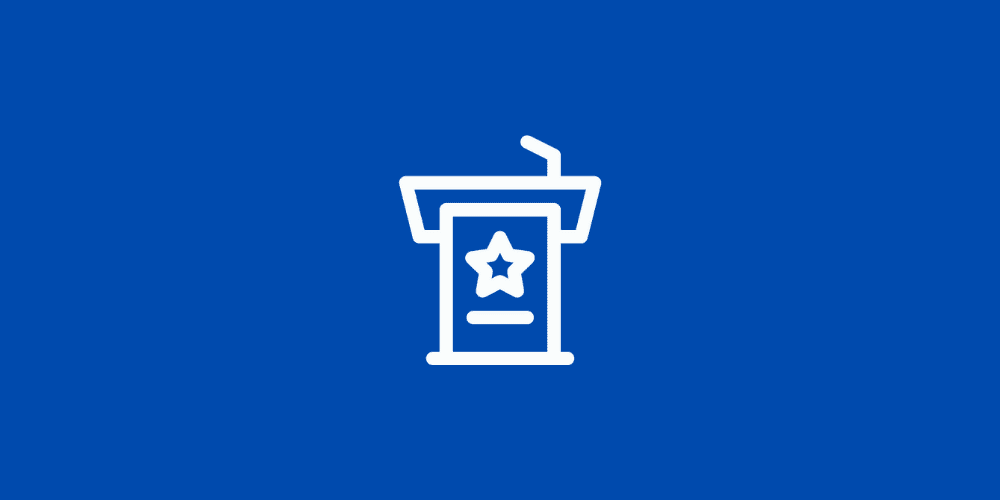We love getting students to work together on projects, brainstorming sessions, and peer reviews. Our students can work together during and after school using a variety of tools, whether we are teaching in person or online. Check out these 9 tech tools that will help you collaborate with your students.
Peergrade – is a tool for students to provide and receive feedback online. Your students complete an assignment and a rubric, then submit their project. Peergrade then distributes the assignments at random to different students. Rubrics are used for giving feedback. Written comments can be added. Best part? The feedback they receive can be rated.
Quizlet – It lets you study with your friends outside of school. You can review Quizlet in the comfort of your own home and quiz other students with it. In preparation for a test, students can make sets of flashcards that they can share with their classmates. Students can also divide their workload in this way. Each student can even make a card for one section of the material.
Yo!Teach – have a place to communicate and share ideas in real-time. Create a chat room to communicate with a backchannel tool and you can post questions, moderate discussions, remove responses, and control who can communicate. Drawings, polls, and voting can be submitted by students.
Flipgrid – have discussions outside the classroom. You can easily create class discussions using Flipgrid if you post videos, links, or topics to the class grid. To share their responses with the class or teacher, students can record their responses on video. Share, review, and celebrate work with it.
Parlay – is a tool for students to interact virtually through discussion. You can use Parlay to compile resources around a discussion prompt, have students respond to the discussion prompt, and then engage students in both written and verbal discussion with peer feedback. It’s a great tool for virtual Socratic seminars!
Murals – my students’ virtual brainstorming space. Visual collaboration is the goal of this digital workspace. In addition to creating virtual sticky notes, students can build diagrams, add videos, and more.
Miro – a virtual space for students to solve problems. While teaching in person, the whiteboard was used constantly. Using Miro, you can create diagrams and solve problems in a variety of ways.
Wakelet – Share projects with my students. You can share resources and organize them with your students with this tool. There are also options for creating lesson plans, projects, newsletters, and reading lists.
Loop: After class, help each other with questions. It provides students and teachers with a place to ask and answer questions. The teacher can create a question for the class and provide the students with the option of posting a private response or keeping it open to collect and share all responses.







